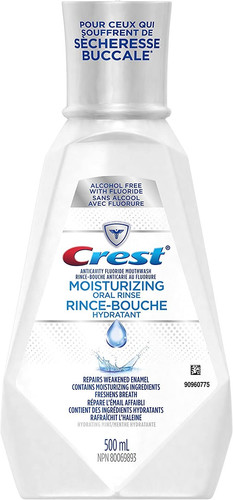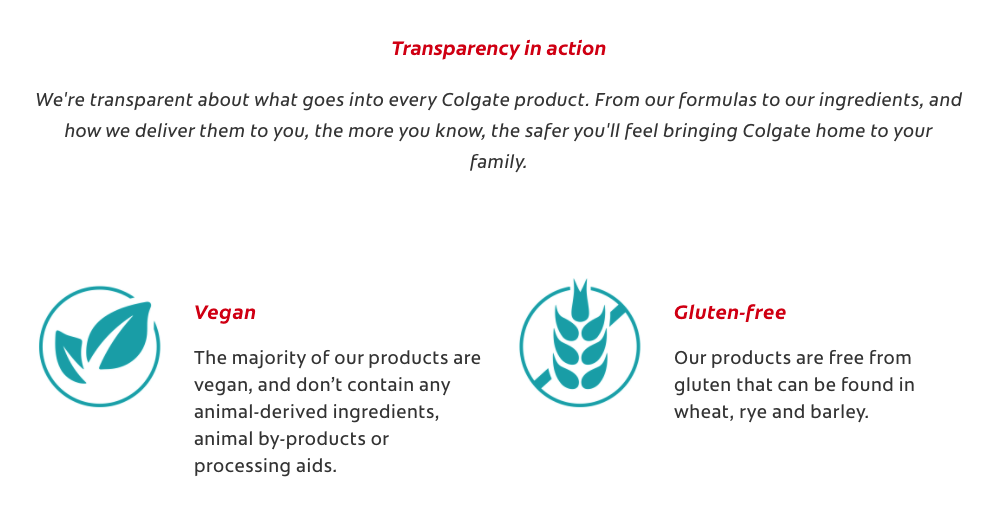Tooth Broke Solutions: Fixing Made Easy
Dealing with a broken tooth can be a daunting and stressful experience, especially when it comes to deciding the best course of action for repair. Whether it’s a minor chip or a more significant fracture, understanding the various solutions available is crucial for making an informed decision. This comprehensive guide will delve into the world of tooth repair, exploring the causes, symptoms, and most importantly, the solutions for a broken tooth.
Understanding Tooth Fractures
Before diving into the solutions, it’s essential to understand why teeth break in the first place. Tooth fractures can occur due to a variety of reasons, including:
- Biting or chewing on hard objects: This can include ice, hard candies, or even opening packages with your teeth.
- Trauma to the mouth: Falls, sports injuries, or any direct hit to the mouth can cause teeth to break.
- Tooth decay: When teeth are weakened by decay, they are more susceptible to breaking.
- Gum recession: Exposed roots can become brittle and prone to fracture.
- Grinding or clenching teeth: Known as bruxism, this habit can put excessive stress on teeth, leading to cracks or breaks.
Symptoms of a Broken Tooth
Recognizing the symptoms of a broken tooth is vital for seeking timely dental care. Common symptoms include:
- Pain: This can range from mild to severe and may be constant or only occur when the tooth is subjected to pressure or temperature changes.
- Sensitivity: Increased sensitivity to hot, cold, or sweet substances.
- Visible cracks or breaks: In some cases, the fracture may be visible to the naked eye.
Solutions for a Broken Tooth
Fortunately, dentistry offers several solutions for repairing broken teeth, each tailored to the extent and location of the fracture.
1. Dental Bonding
For minor chips or cracks, dental bonding is a quick and effective solution. This procedure involves the application of a tooth-colored resin to the affected area, which is then hardened with a special light. Bonding is a painless and straightforward way to repair minor damage.
2. Dental Veneers
Veneers are thin layers of porcelain or composite material placed over the front of the tooth to repair more significant chips or cracks. They not only restore the tooth’s function but also improve its appearance, offering a natural look and feel.
3. Crowns
When a tooth is severely broken, a dental crown may be necessary. A crown caps the entire tooth, restoring its shape, size, and function. Crowns can be made from various materials, including ceramic, porcelain, or gold, each offering its unique advantages.
4. Root Canal
If the break exposes the pulp of the tooth, a root canal may be required to remove the damaged pulp and prevent infection. Following a root canal, the tooth is typically capped with a crown to protect it.
5. Extraction
In severe cases where the tooth is beyond repair, extraction may be the only option. However, with advancements in dental technology, this is often a last resort. After extraction, options for replacement include dental implants, bridges, or dentures.
Prevention is the Best Solution
While there are excellent solutions for a broken tooth, prevention remains the best approach. Regular dental check-ups, good oral hygiene practices, and avoiding harmful habits like teeth grinding or biting on hard objects can significantly reduce the risk of tooth fractures.
Conclusion
Dealing with a broken tooth doesn’t have to be overwhelming. With the right understanding and a visit to a professional dentist, the appropriate solution can be found to restore the tooth to its original function and appearance. Whether it’s a minor fix or a more complex procedure, the key to a successful outcome is seeking dental care promptly.
FAQ Section
How do I know if my tooth is broken?
+Identifying a broken tooth can be as simple as noticing a visible crack or feeling pain when the tooth is pressed or exposed to temperature changes. However, sometimes the signs can be subtle, and a dental check-up may be necessary for a proper diagnosis.
Can a broken tooth be prevented?
+Yes, many tooth fractures can be prevented by practicing good oral hygiene, avoiding harmful dental habits, and wearing protective gear during activities that could lead to mouth injuries. Regular dental visits can also help in identifying and treating minor issues before they escalate into more serious problems.
What happens if I don't treat a broken tooth?
+Failing to treat a broken tooth can lead to more severe complications, including increased pain, infection, and potentially the loss of the tooth. Ignoring the issue can also lead to more costly and complex treatments down the line. It's essential to seek dental care as soon as possible after noticing any symptoms of a broken tooth.
Understanding the solutions for a broken tooth and taking proactive steps towards prevention can significantly improve oral health and reduce the risk of dental emergencies. By staying informed and maintaining regular communication with a dental professional, individuals can ensure their teeth remain strong and healthy for years to come.


